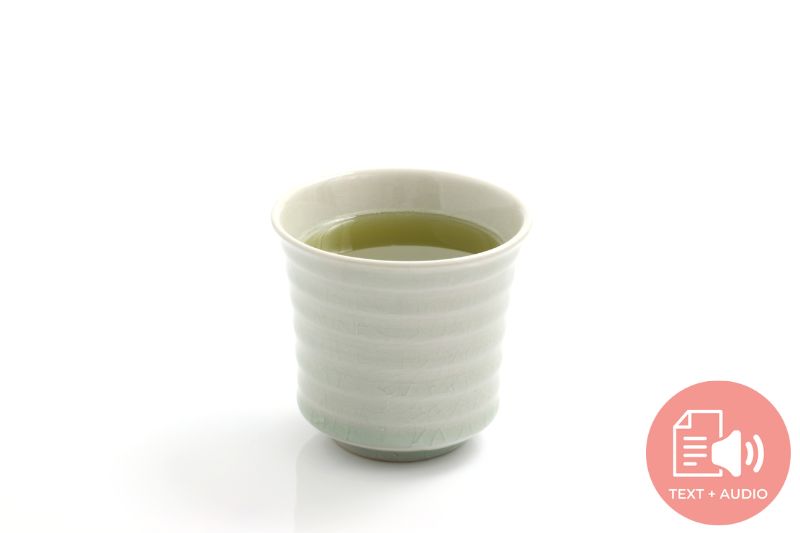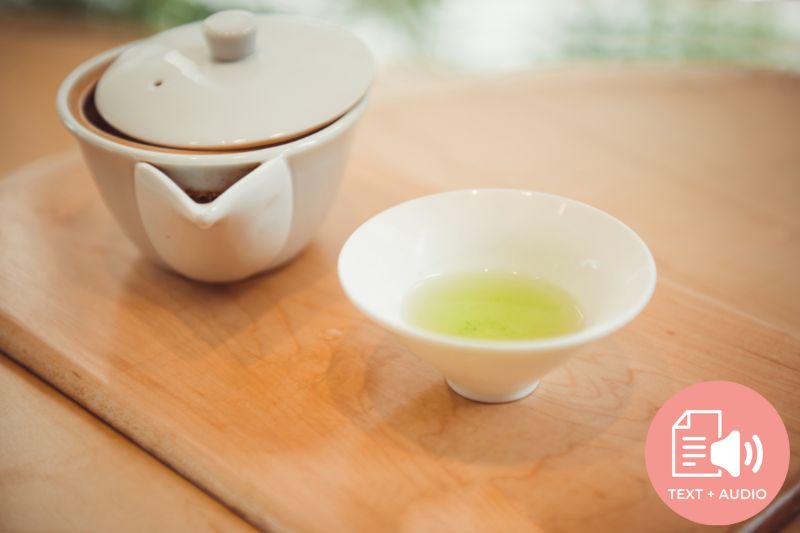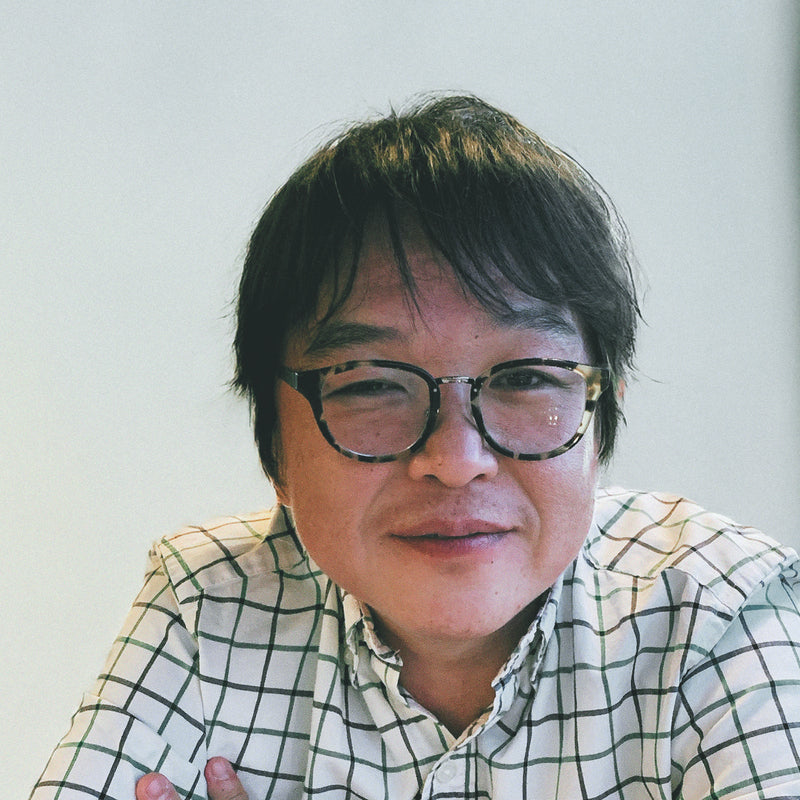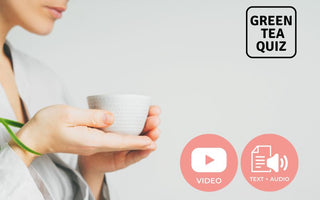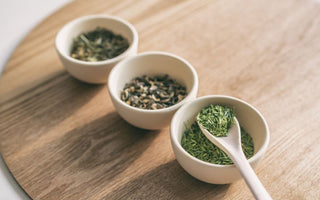Subscribe to Green Tea Podcast:
What is Single Origin Cultivar?
In some respects, it is easy to understand that tea cultivar selection is not the biggest consideration when buying tea. Chances are, you or perhaps those you know can share very few details about cultivars in agriculture, let alone tea. In fact, it is a surprising element in the tea market that continues to flourish and expand. Regardless of how complicated the topic of cultivars can be, it is possible to break it down into several key components.
It is also important to understand the concept of 'single origin cultivar’ if you want to know how to buy good quality tea, and also just as important, to be able to buy tea suited to your personal taste and desired health benefits.
Single origin teas are truly unique because they possess robust and unmasked characteristics. The sensory palette of a single origin tea is like a solo actor on an empty stage, where every note, every scent, every color, and every finish belongs entirely to that one variety.
When you are shopping on our site, you will come across single origin cultivar teas.
🌿 Explore our teas, each made from a single origin cultivar:
- Premium Green Tea - Issaku Reserve (Limited Edition): 🏆 Awarded Global Tea Champion in 2017 and 2019. It's the essence of single farm, single origin cultivar tea, featuring the Yabukita cultivar for a unique taste.
- Benifuuki - Allergy Relief Japanese Green Tea Bag (30 tea bags): 🤧 Experience the remarkable health benefits of this tea, designed to ease allergy symptoms. The secret lies in the single origin cultivar, Benifuuki.
As market demand continues to develop for specific tea cultivars, perhaps this blog’s entry will provide you with the opportunity to educate others. More specifically, this entry’s focus is on understanding "single origin cultivars" with a quick review of cultivars.
Do you know what “cultivar” is?
A cultivar, in the world of horticulture, is where specific traits are sought in a given plant and subsequently grown. Cultivating plants is not specific to the tea plant, also known as Camellia sinensis. Norman Borlaug, aka the "Father of the Green Revolution," used crossbreeding to attain desired traits to help stem off wheat rust and fuel new methods for attaining higher yields of wheat in the US and Mexico. While often attributed to the work of those on the ground, cultivars can be established, albeit rarely, in the wild as well. Click here to read more about cultivars.

Some unique cultivars you may not be familiar with…
For those more interested in tea cultivars, the Japanese have helped fuel this development in recent decades through national research. If you are keenly interested, some unique Japanese-created cultivars include "benifuuki" (grown often in black teas, you will also find it in green teas for its higher methalated catechin count—a great tea to help with allergies; feel free to check out our 1 minute explanation of benifuuki tea here), Yabukita, and Shizu-731 (known for its distinct cherry blossom aroma. Yes, oddly enough, it smells like cherry blossoms). The list of Japanese tea cultivars is long and continues to grow! (Please see more on cultivars and Japan here.)
Our selection of Benifuuki Allergy Relief Tea includes both green tea powder and our tea bags, as well as actual candies.
A brief look at cultivars in your everyday tea
Now that you have an understanding of cultivars generally, let's spend some time exploring why a single-origin cultivar is worth its distinction. Before we do that, however, we must get an idea of how tea is processed, particularly via modern manufacturing methods.
If you have purchased sencha at a store, for example, there is a good chance you have seen small, "folded" tea leaves that may be broken and even smaller twigs or branches in the package. Many larger manufacturers and resellers of tea purchase the leaves from farms and package them accordingly. They are often less interested in parsing out specific tea leaves, for example, and more interested in gathering what is available and selling it. Each of the farms that they purchase tea from, however, is growing tea from a given cultivar. While the most common cultivar in Japan is yabukita, this does not account for all It is entirely possible, for example, that the sencha you purchase in that store may contain several or many different cultivars.
But what exactly is a single origin cultivar?
This is precisely where "single origin cultivar" distinguishes itself in our discussion. These teas are often straight from a single farm, where a farmer has chosen a given cultivar and sold it to a reseller who is looking for that specific cultivar. To use benifuuki as a further example, resellers understand that allergies are a real concern for many and that this single cultivar is often a great solution for their customers. Single-origin cultivars are slowly becoming more popular, and it may be worth the time to understand these a bit further.
Next time you are out shopping for tea, take a second to review the packaging. Is there a cultivar listed? If so, what is the cultivar? Do you know what desirable traits are present? Here is an example below from our very own web-shop where you can buy Benifuuki allergy relief green tea.

As you may have guessed, there is a lot more to learn, but one step at a time may be one of the best ways to shape your tea experience. So sip on your tea and enjoy the learning process!
Get Free Bonus Books

Sign up for free to the Green Tea Club to get advice and exclusive articles about how to choose Japanese Tea, and tips, tricks, and recipes for enjoying Japanese tea.
About the author
Kei Nishida
Author, CEO Dream of Japan
Certification: PMP, BS in Computer Science
Education: Western Washington University
Kei Nishida is a Japanese green tea enthusiast, a writer, and the founder and CEO of Japanese Green Tea Co., a Dream of Japan Company. His passion for introducing America to the tea of his homeland was the catalyst for creating the only company that brings high-quality tea from Arahataen Green Tea Farms to the rest of the world. Learn more about Kei


